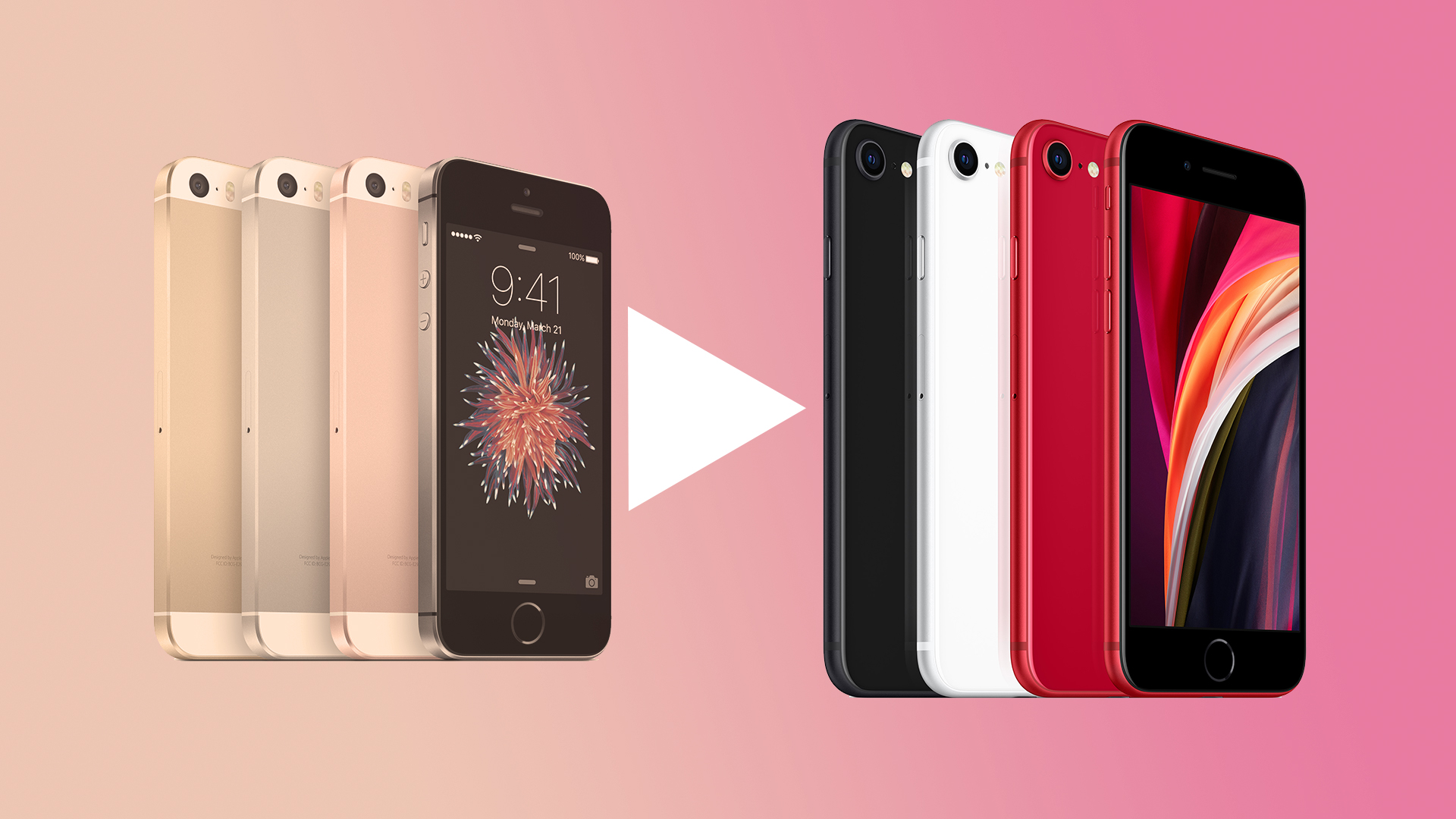

Quick links
The iPhone SE range is Apple's cheapest iPhone offering, and has just had its first update ever! The glowing iPhone SE 2020 reviews show that, for budget-conscious people who've been holding onto older iPhones, the new iPhone SE's £419/$399 price should finally tempt you into an upgrade – perhaps more successfully than the pricier iPhone 11.
• See all the best iPhone SE deals
We're especially thinking of users of the original iPhone SE, the iPhone 6 and 6S, the iPhone 7 and iPhone 8. Because Apple phones have generally great reliability and receive software support for years, there are lots of people holding onto to all these phones – those people should definitely be looking at this new iPhone SE as a great upgrade.
That's because the iPhone SE 2020 includes all the latest technology – a new camera, a screen of the same quality as the iPhone 11 (just smaller), the speediest phone processor on the planet (meaning it will stay usefully fast for years), and great battery life – but in the same body as the iPhone 8, though with some aesthetic tweaks.
Of course, how valuable it is as an upgrade depends on exactly which older iPhone you're using, so we'll go through them here and tell you exactly what will be different, and whether it's worth splashing out on the latest iPhones. You can use the links above to just jump straight to your phone, or read through them all.
• More of the best cheap phones
• The best phones at all prices
iPhone SE: Should I upgrade from the original iPhone SE?
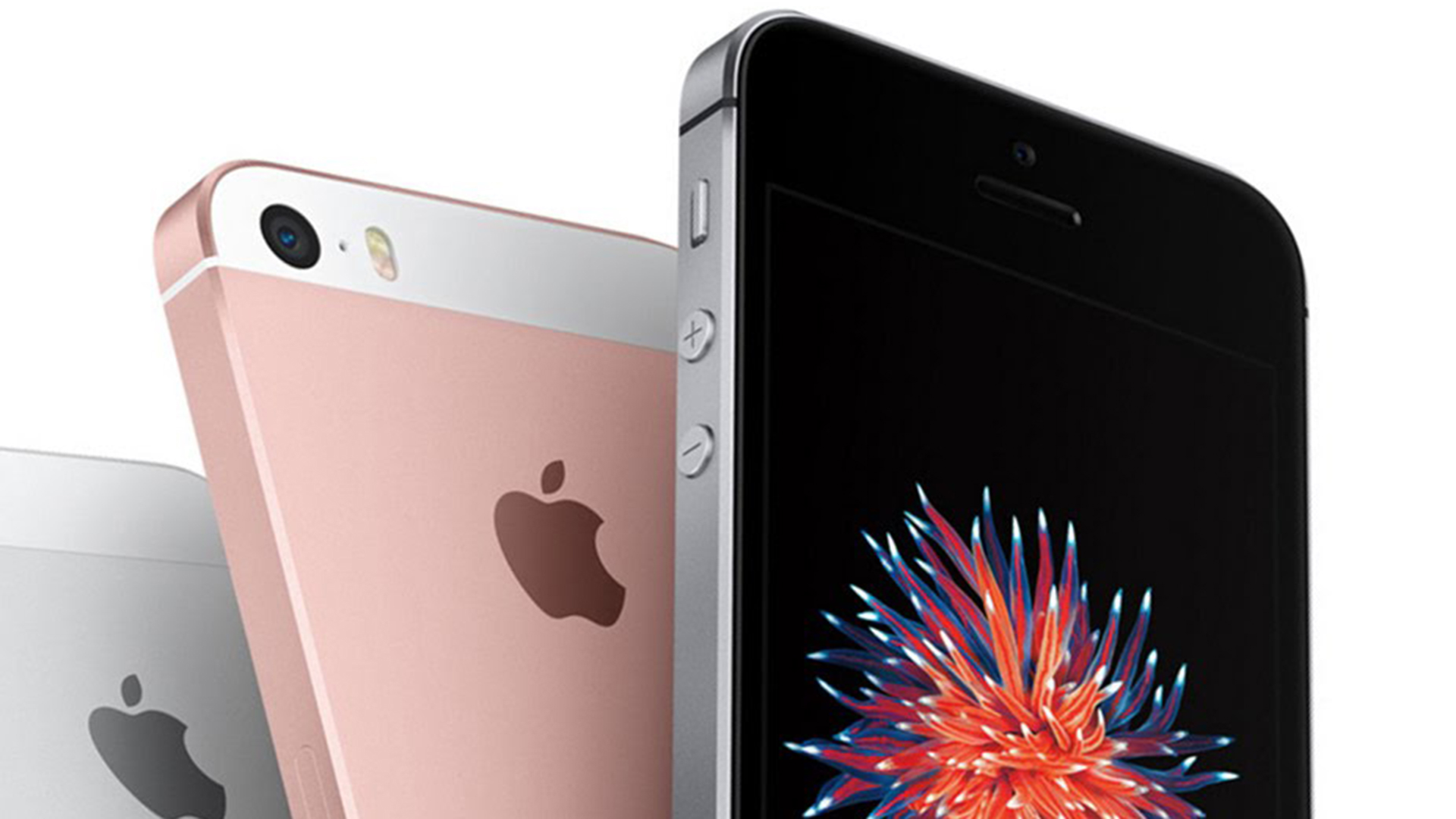
Yes! One tiny downside for some is that it has a larger screen than the old iPhone SE, and lots of people are wedded to having small phone screens (which most new phones don't tend to offer). But the old SE's screen was 4 inches, and the new one is 4.7 inches, and you simply won't find anything smaller than that in 2020. The difference isn't that dramatic, and after the upgrade you'll quickly come to wonder how you survived on a smaller screen anyway.
Sign up to the T3 newsletter for smarter living straight to your inbox
Get all the latest news, reviews, deals and buying guides on gorgeous tech, home and active products from the T3 experts
The other possible issue is that the new iPhone SE doesn't have a headphone jack, so you'd need to buy an adapter if you want to use headphones with a 3.5mm cable (though the phone comes with Apple's EarPods wired headphones).
Compared to the original iPhone SE, the new one is improved in every other way – no surprise given that it's been four(!) years since the original was introduced. The screen is not only bigger, it's also brighter, shows a wider range of colours, and includes Apple True Tone tech, which is reason enough to upgrade on its own, in our books.
True Tone adjusts the screen so that it matches the ambient lighting in the room you're in, meaning the display doesn't appear as a horrible blue when your indoor lighting is a soft yellow, for example. It's much easier on the the eyes – going back to other screens once you've tried it feels barbaric. It's a really pleasant quality-of-life upgrade.
The other really key upgrade is the camera. On the rear, it's a single 12-megapixel cam that's basically the same as what you get from the standard wide-angle lens on the iPhone 11 (which costs nearly twice as much!). When taking shots, it's largely the same as the original iPhone SE… just much better! Images are brighter and less noisy, colours are more realistic, and Smart HDR means that light and dark in the same shot are balanced much better.
It has the latest image processing, meaning it takes better shots without you having to do anything, and it includes Portrait Mode, which can optionally blur the background behind people so shots look like they were taken with a big pro-style DSLR camera. It can also do this for photos taken from the front camera.
Elsewhere, a bigger battery (and more efficient components) mean it has better battery life than the original SE offers, it has an ultra-fast processor that means apps open much more quickly and never hang, and it's equipped with Touch ID for security, just like the old iPhone SE, so there's nothing new to learn there. As an added bonus, it has wireless charging from Qi charging pads.
Long story short: this is the upgrade from your old iPhone SE. Aside from the headphone jack, it's improved in every way.
iPhone SE: Should I upgrade from iPhone 6/6S?
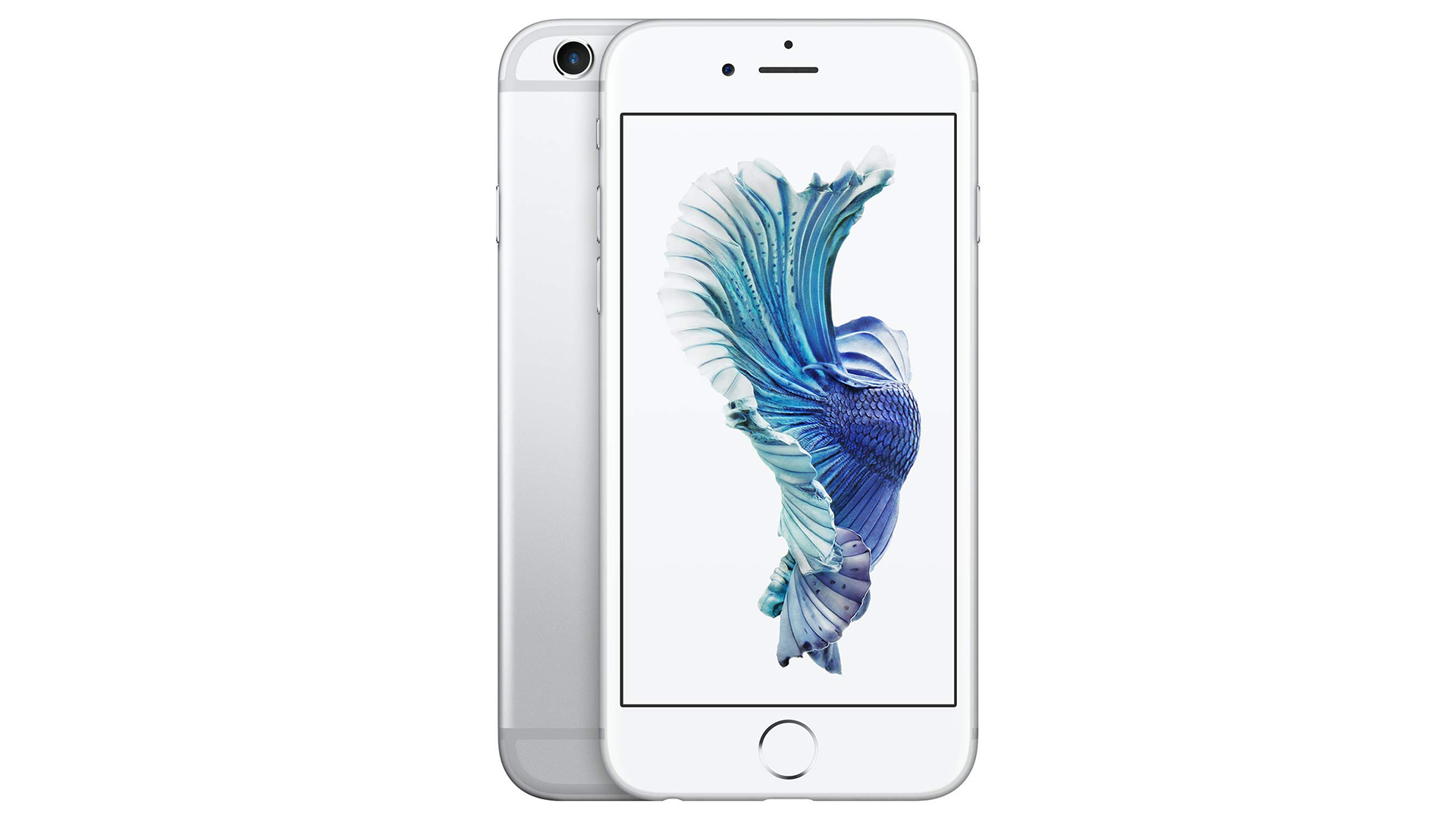
This is another easy one – yes, absolutely… unless you've got the Plus-sized version of these phones and you want another big-screened phone.
The screen size of the new iPhone SE is the same as the iPhone 6/6S at 4.7 inches, while the iPhone 6/6S Plus had 5.5-inch screens. So, if you have the bigger of these phones, the iPhone SE would be a step down in size, which isn't always easy to go back to! Plus-size owners should look at the iPhone XR or iPhone 11 and their 6.1-inch screens for a modern equivalent.
• New iPhone SE vs iPhone 11 vs iPhone XR: how they compare
For users of the smaller version, the design of the iPhone SE will be extremely familiar – it's just about the same, though the new phone has a glass back to allow for wireless charging. It's all the same size, though, and still includes Touch ID, so it'll be very familiar to use… but inside, everything is new.
You've got a screen that's brighter and more colourful (with Apple's True Tone tech that makes it much easier on the eyes), a new ultra-fast processor, better battery life from more efficient parts, and a massively-improved camera that includes advanced processing to make it easy to take shots that look good no matter the lighting. It also includes Portrait Mode, for taking glamour shots of people with blurred backgrounds – this works on the front or rear cameras.
Basically, the iPhone SE is what your iPhone 6/6S was like when it was new – all the best components in the same body!
There are two differences to note: the iPhone SE lacks a standard headphone jack (it comes with Apple headphones), and it doesn't have 3D Touch (which was introduced on the iPhone 6S). These are true of all current iPhones, though, so upgrading from the iPhone SE to a more expensive model won't change them.
iPhone SE: Should I upgrade from iPhone 7?
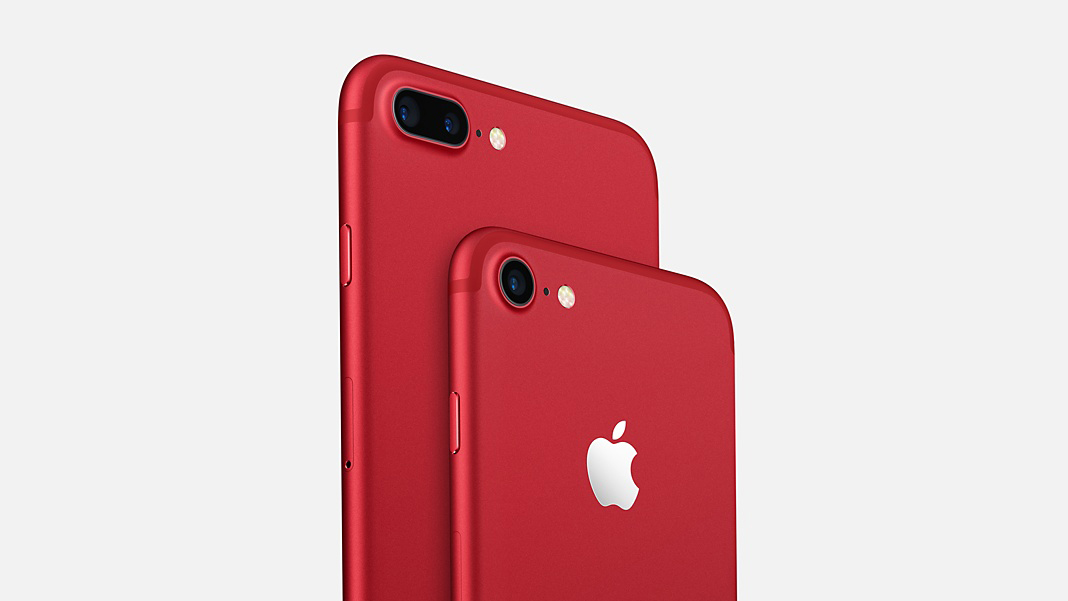
Yep – even though the iPhone 7 series starts to get closer to the iPhone SE for features than the other phones mentioned here, it's still coming up on four years old, and so the new tech in the iPhone SE represents a major upgrade overall.
However, the answer is more complicated if you have the iPhone 7 Plus than the smaller iPhone 7. For the smaller iPhone 7, there's no question that the iPhone SE is an excellent upgrade. Like the iPhone 6/6S above, you get a phone that's basically the same design, but improved in almost every way. The screen is generally the same (the same wide colour gamut, the same brightness), but includes True Tone for adapting the ambient colour to match the lighting of the room you're in, and this an essential improvement in our books.
Meanwhile, the camera is much better and includes Portrait Mode, the processor is the fastest on the planet, the battery life is excellent… given that the iPhone 7 is now four years old, getting something with all the latest tech is a no-brainer, especially if you're a fan of the size.
For the iPhone 7 Plus, we still recommend that it's time for an upgrade, but exactly what you should go for is a little more complicated. The iPhone SE is technologically a great option, but in terms of features, there are a couple of things to consider. First is the bigger screen on the 7 Plus – it's 5.5 inches, while the iPhone SE is 4.7 inches. If you want a new iPhone with a bigger screen, you need to be looking at the iPhone XR or iPhone 11 on a budget, or the iPhone 11 Pro for the premium end.
Then there's the camera. The sensor and processing of the single iPhone SE camera are so much better than the dual cameras on the 7, that we'd still take it of the two – especially since the SE still includes Portrait Mode, which was the showpiece of the 7 Plus. However, we know some people will want to still have the 2x telephoto zoom option of the dual cameras. If you want the zoom specifically on an iPhone, you need to jump all the way to the iPhone 11 Pro – it's the only one that includes it now. The iPhone 11 includes a dual-camera system, but with a standard lens and an ultra-wide angle (ideal for landscapes and buildings), rather than a zoom.
So with the Plus, it's just a question of how wedded you are to having that zoom – as we say, any current iPhone has a better camera overall – and a big screen. Our recommendation is still to upgrade.
iPhone SE: Should I upgrade from iPhone 8?
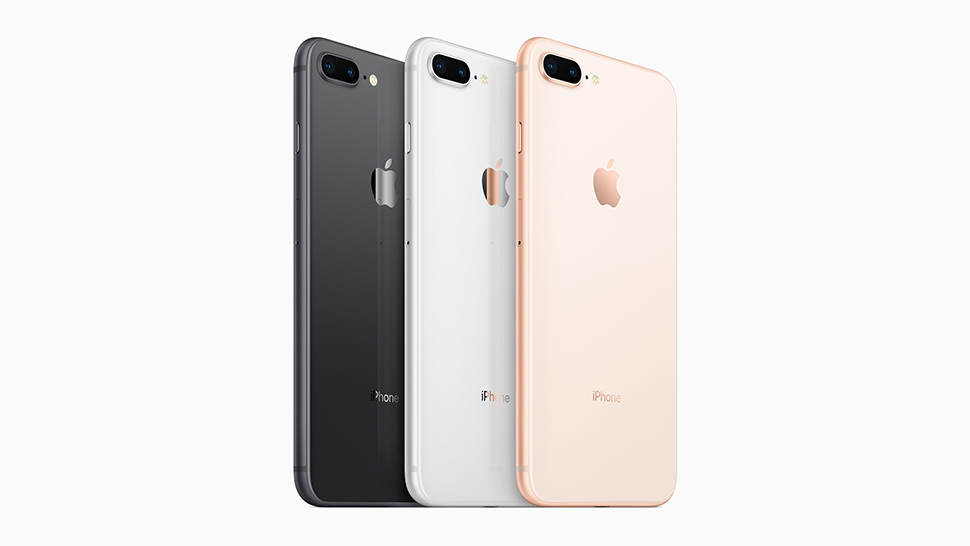
This is more complex than the other phones in this article – for a start, it's a different answer for the small iPhone 8 compared to the bigger iPhone 8 Plus.
The design of the iPhone SE is borderline identical to the smaller iPhone 8 (again, the Plus was bigger and had dual cameras), even down to the glass back with wireless charging (though the colours have changed a little). You've got Touch ID on both, and the same 4.7-inch screen (the iPhone 8 includes True Tone, just like the iPhone SE), and similar battery life, though the iPhone SE should last a little better thanks to its newer processor.
The iPhone SE has a faster processor (though the iPhone 8 isn't much of a slouch yet), and has an improved camera – the sensor is noticeably better at picking up light (making for clearer and brighter photos), and there's also more advanced processing of scenes with mixed light and dark areas. The iPhone SE has Portrait Mode too, which is missing from the small iPhone 8 totally – and even better is that the SE has it for both front and rear cameras.
So for iPhone 8 owners, the iPhone SE doesn't come across as a slam-dunk upgrade – but having the improved camera and the future-proofing of a more powerful processor shouldn't be ignored. Here's the thing, though – the iPhone SE is unlikely to receive yearly updates, like the more expensive iPhones do. The old iPhone SE was left untouched for years, and we think that will be the case for this one too.
So while going from the 8 to the SE might not be a giant upgrade, if you're thinking that you'll buy the SE at some point, it might as well be now, before your 8 depreciates too much in value – you could sell it or trade it in with Apple. The SE's specs won't change, so you might as well jump on early.
For the iPhone 8 Plus, you have the same extra bits to think about that we mentioned for the iPhone 7 – you already get Portrait mode on the rear camera thanks to its dual lenses, and you've got a bigger 5.5-inch screen. That means the only major advantage of switching to the iPhone SE would be the faster processor, and that's not really necessary. The shots taken by the iPhone SE's camera will still be slightly better like-for-like than the 8 Plus' camera, but you get the extra flexibility of the 8 Plus' telephoto lens – overall, we think it's a pretty even fight.
For users of the iPhone 8 Plus, we'd suggest looking at either the iPhone 11 (which gets you a bigger screen, a dual-camera system, and a new design), or hanging on for September to see what happens with the new 2020 iPhones.
Matt is T3's former AV and Smart Home Editor (UK), master of all things audiovisual, overseeing our TV, speakers and headphones coverage. He also covered smart home products and large appliances, as well as our toys and games articles. He's can explain both what Dolby Vision IQ is and why the Lego you're building doesn't fit together the way the instructions say, so is truly invaluable. Matt has worked for tech publications for over 10 years, in print and online, including running T3's print magazine and launching its most recent redesign. He's also contributed to a huge number of tech and gaming titles over the years. Say hello if you see him roaming the halls at CES, IFA or Toy Fair. Matt now works for our sister title TechRadar.
-
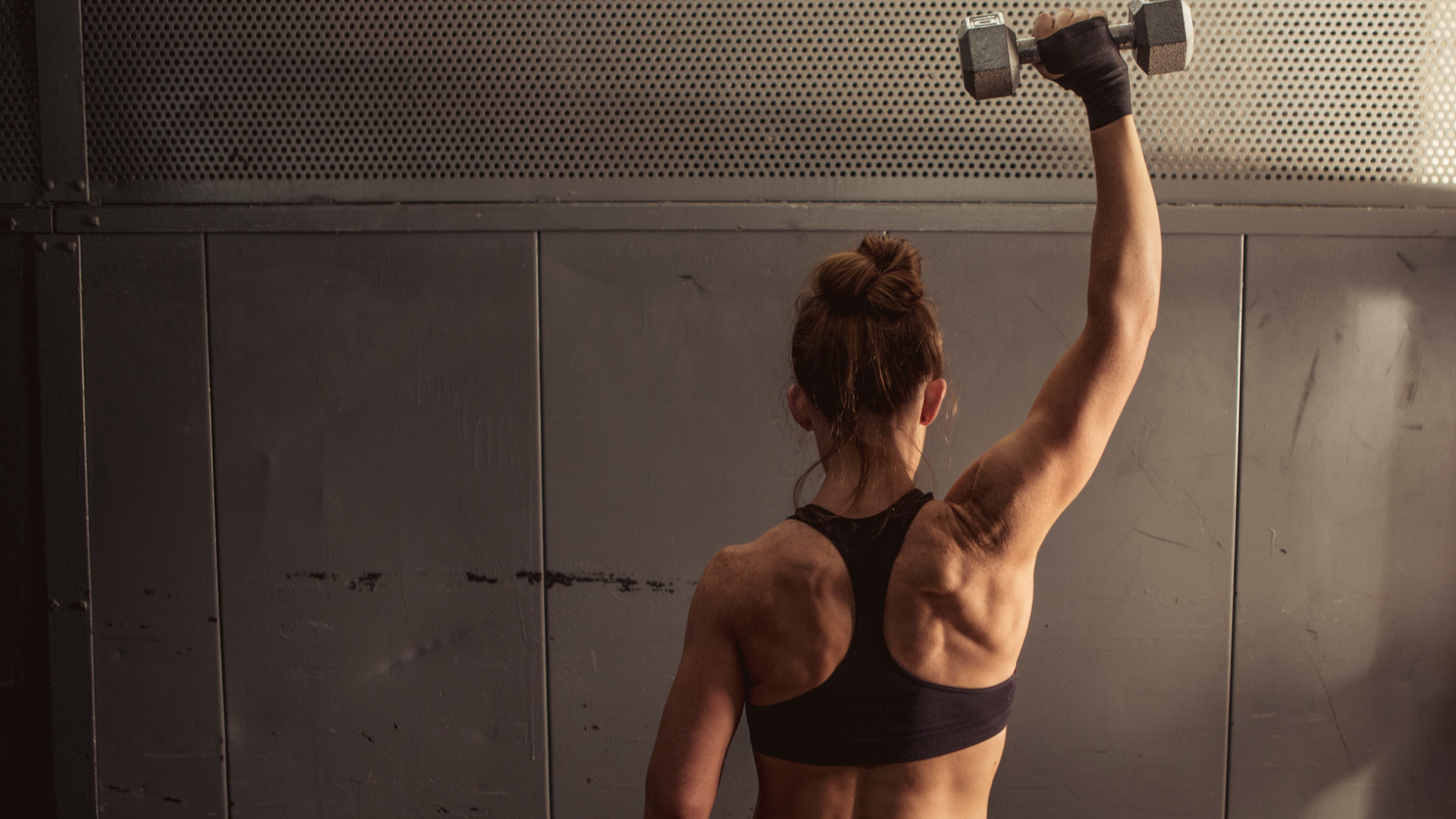 Three exercises to 'life-proof' your shoulders, according to a mobility expert
Three exercises to 'life-proof' your shoulders, according to a mobility expertHealthy shoulders mean better movement, more strength and less injury
By Bryony Firth-Bernard
-
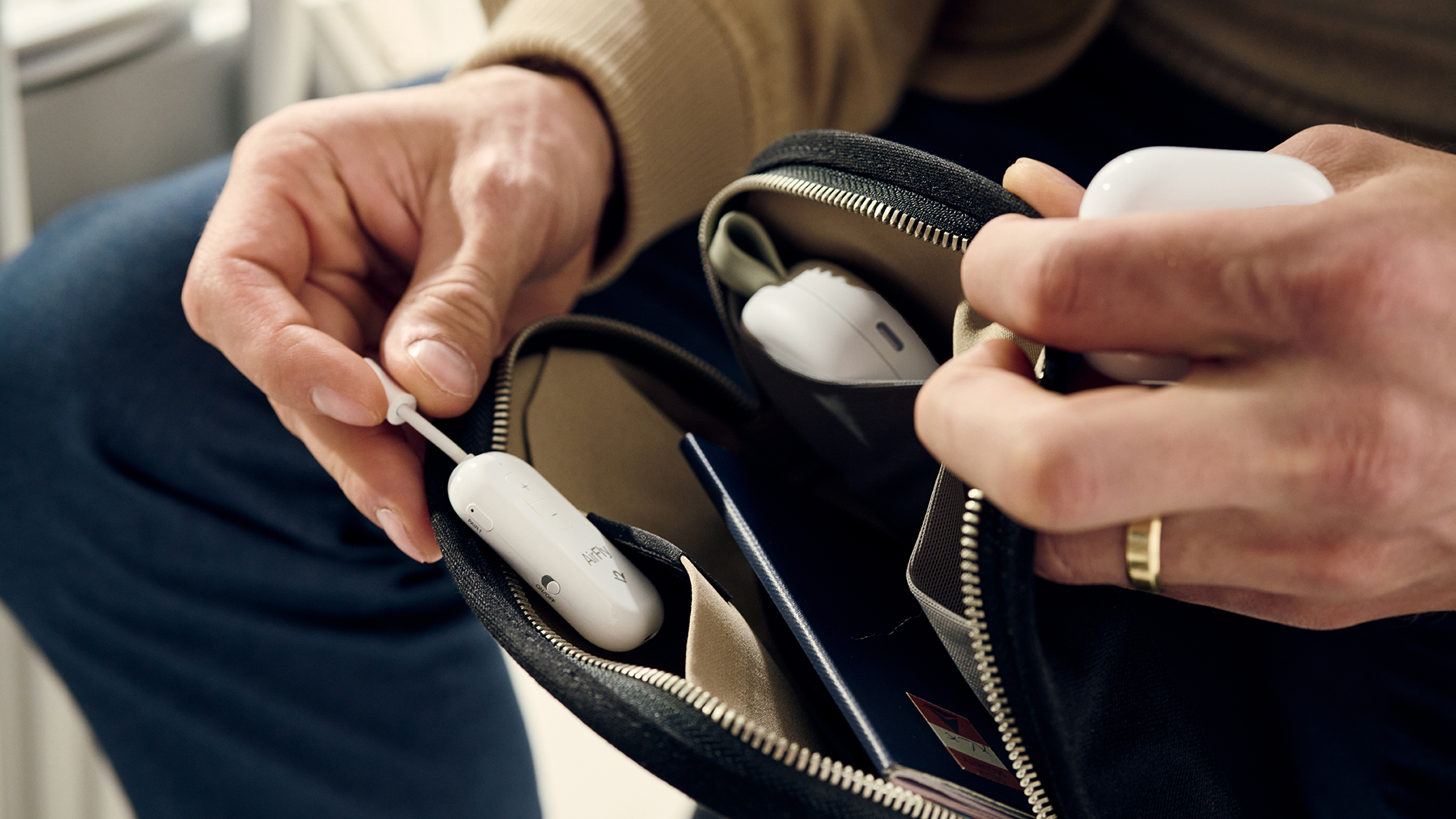 The 7 luxury travel items I won't leave home without – and why you shouldn't either
The 7 luxury travel items I won't leave home without – and why you shouldn't eitherI've flown for many hundreds of hours – and know these luxury travel items will improve your journey
By Mike Lowe